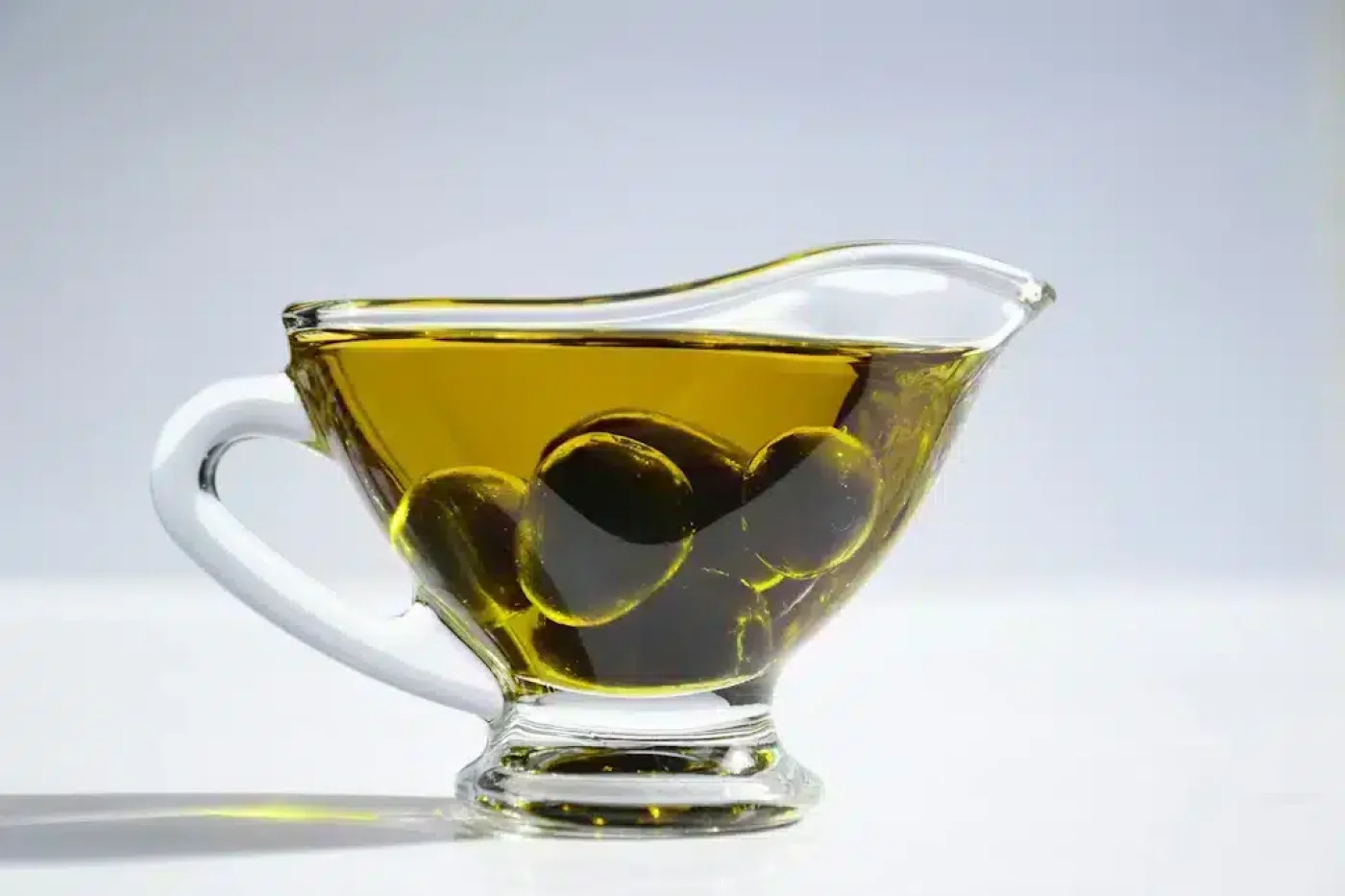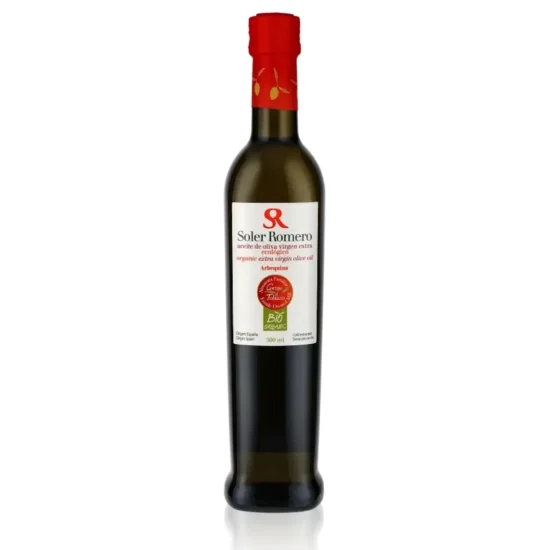
The aroma of EVOO is not just a pleasure for our senses; it is a window into its history, its origin, and its quality. For years, the art of tasting has been the primary tool for deciphering these nuances, a skill reserved for experts with trained palates and noses. But what if a machine could “smell” oil with a precision that surpasses even humans?
This is the revolution proposed by a team of researchers from the universities of Seville, Córdoba, and Turin, together with the IFAPA center in Cabra. They have applied artificial intelligence to predict the aromatic characteristics of oil with astonishing accuracy, based on its chemical components. This advance could transform quality control in the olive oil industry, opening a new chapter where science and technology come together to guarantee the excellence of “liquid gold.”
Beyond Human Tasting: The Aromatic Fingerprint
Imagine being able to identify the olive variety, the ripening stage, or even the cultivation method of an EVOO simply by analyzing its molecules. That’s precisely what this team has achieved. Their model, trained on thousands of data points, not only classifies oils by their sensory quality, but also distinguishes between subtle differences that are often imperceptible to human taste and smell.
As Raquel María Callejón, a researcher at the University of Seville and co-author of the study published in the Journal of Food Composition and Analysis, explains, “the smell of oil not only delights the palate, but also reveals key information about its quality, olive variety, cultivation method, and even its place of origin. Thus, each oil has a kind of ‘aromatic fingerprint’ that defines and characterizes it.”
This “fingerprint” is constructed from what scientists call the volatilome: more than 190 aromatic compounds that make up the aroma in EVOO. By combining chemical data with sensomics (the science of how compounds affect our senses), researchers have developed a model that predicts the sensory attributes of the oil without the need for a tasting. This not only opens doors for the industry but also offers additional assurance to consumers seeking authentic, high-quality products.
To accomplish this feat, scientists employed an advanced laboratory technique: Two-Dimensional Chromatography. This powerful tool is capable of “disassembling” the scent of the oil into each of its components, indicating which ones are present and in what exact quantities. It’s like having a detailed list of all the ingredients that shape the aroma in EVOO.
But collecting the data is only the first step. The real power lies in how they are interpreted. This is where artificial intelligence comes into play through principal component analysis (PCA) and partial least squares discriminant analysis (PLS-DA). These machine learning tools act as a “magnifying glass” that groups the multitude of data obtained into similar patterns, revealing a “flavor map” of olive oil. With these techniques, one can understand how variables such as olive variety (Picual and Hojiblanca in this study, the most widely grown in Spain), cultivation type, origin, or degree of ripeness influence the aroma in EVOO.
One of the most fascinating findings of the study is how the farming method—conventional or organic—leaves its own mark on the aroma in EVOO. For the Picual variety, for example, oils produced through organic farming showed a higher presence of compounds such as (Z)-3-hexenol and 2-pentanol, associated with fresh and herbaceous aromas. In contrast, conventional oils had more alkenes and carbonyls, compounds associated with more mature aromas.
“The results determine that the way olives are grown not only affects environmental sustainability, but also the differential markers between organic and traditional cultivation,” the expert notes. This means that the aroma in EVOO can even be an indicator of sustainable agricultural practices, an added value for conscious consumers.
Some compounds act as true markers of quality or origin. (Z)-3-hexenyl acetate, for example, is linked to the smell of green leaves and is more abundant in organic Hojiblanca oils, possibly related to substances typical of organic farming.
These findings are not just ascientific advances; they open the door to larger-scale validation, consolidating the usefulness of this methodology in both research and production. Thanks to funding from the Andalusian Regional Government’s Department of University, Research, and Innovation, this project is laying the foundation for a future where EVOO quality can be verified with unprecedented precision, all thanks to the decoding of EVOO’s intricate aroma language.
Important Note: aceitedelcampo.com promotes the consumption of extra virgin olive oil for its culinary qualities and health benefits. However, no medication or current treatment should be replaced without the guidance of a healthcare professional.




ALZAYT EXPORT SL
info@aceitedelcampo.com
C/ Eduardo Bosca 19, 2-5
46023 Valencia
Subscribe and receive a coupon by email for your next purchase.